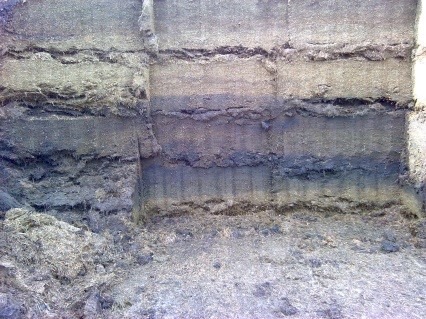Effluent is the liquid squeezed out of forage after it is packed in an ensiling structure. Silage effluent is a high-nutrient liquid waste product from low dry matter (DM) silage. The nitrogen, phosphorous, and potassium concentration of silage effluent is similar to liquid slurry.
Risks for Effluent Production
Effluent production by forage is a combined result of:
- DM of forage
- Forage type
- Nitrogen fertilizer application
- Conditioning of forage at harvest
- Chop length of forage
- Compaction of forage
- Treatment of forage
Effluent will no longer be produced once forage reaches 30% to 32% DM in silage bunkers or drive-over piles. Effluent is less of a concern with bales and bags.
Different forages will produce different levels of effluent under similar conditions. The use of any kind of inoculant or additive will raise the volume of effluent produced. Acid additions lead to a greater production of effluent than inoculant applications. Use of nitrogen fertilizer, short chop, conditioning and high compaction will elevate the level of effluent production.
Challenges with Effluent Production
If not properly drained, effluent adversely effects the fermentation of forage and can encourage the formation of undesirable acids and ammonia.
Typically, effluent has a pH of between 3.5 to 5, making it highly corrosive to both metal and concrete and capable of damaging the silage storage structure. In addition, effluent run-off can cause environmental damage.

Preventing Effluent Production
Excess effluent production can be prevented by:
- Harvesting at a sufficiently high DM
- Increasing the length of the forage chop at ensiling
- Reducing the level of compaction of the forage
- Including layers of adsorbent material such as straw
- Covering horizontal silos helps reduce the prolonged flow of effluent
Managing Effluent Production
- Locate silage-storage structures away from open waterways and wells
- Prepare the ensiling site to divert water and effluent from the silage and toward a common collection and treatment point
- Producers should install an effluent collector at the silo entrance to help control effluent run-off
- Silage effluent can be a useful fertilizer but should be carefully managed — especially if mixed with slurry due to the potential production of hazardous gases such as hydrogen sulfide
- Effluent must be diluted with water if applied to a growing crop


